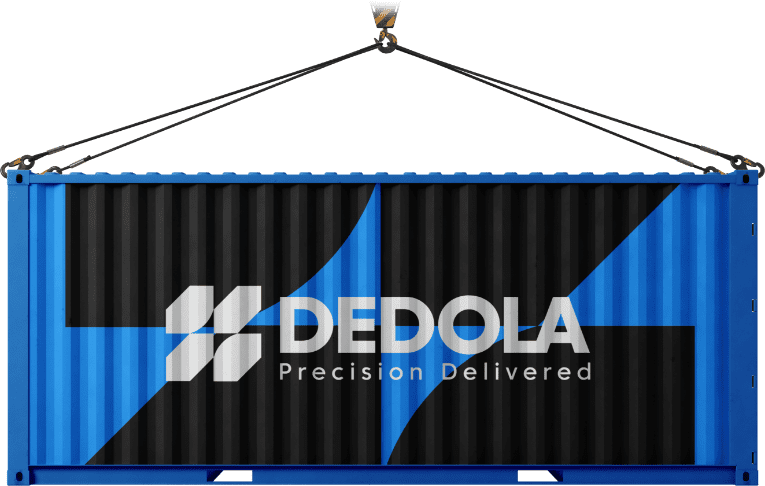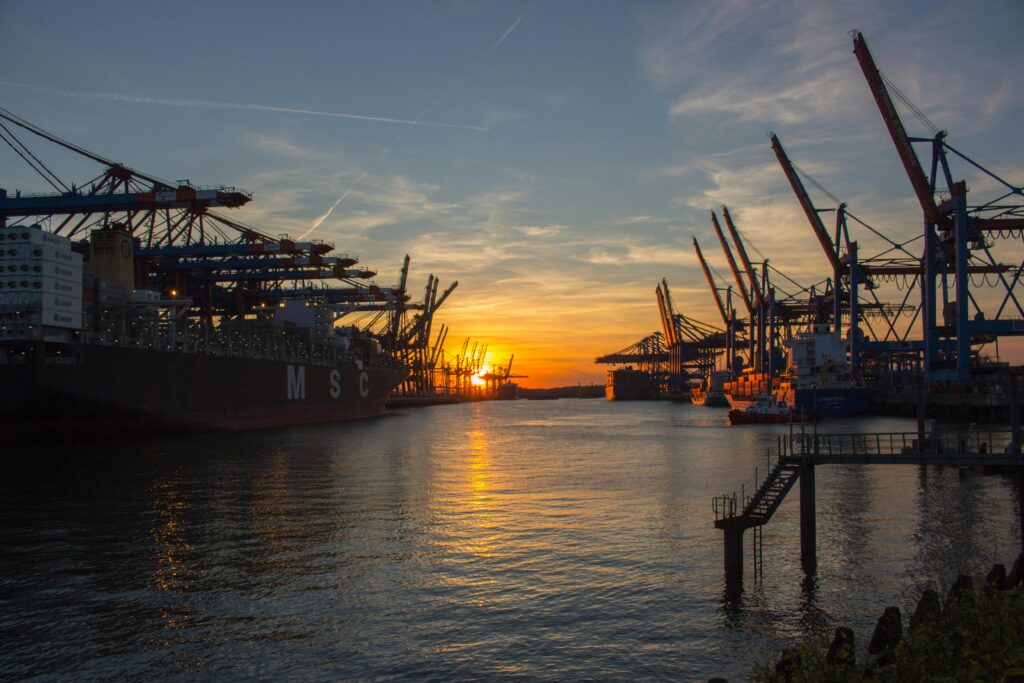What do these 2025 tariff updates mean for importers?
The November 2025 U.S.–China tariff adjustments introduced limited relief—slightly lower rates in some categories and temporary suspensions of previously signaled increases. For small-to-mid importers, this doesn’t eliminate tariff exposure. Instead, it creates a window of predictability to reassess classifications, test new sourcing lanes, and rebuild cost models using updated duty assumptions. In short: the pressure hasn’t disappeared, but it’s momentarily clearer.
Key Insights
- Some tariff layers on China-origin goods were reduced, while others remain fully in place.
- Several planned tariff increases were postponed into 2026, giving importers short-term breathing room.
- China also announced temporary suspensions on certain U.S.-origin duties, improving bilateral cost dynamics.
- Despite these shifts, stacked duties still create elevated landed costs for many import categories.
- This is a year-long period where classification accuracy and supplier negotiations can materially influence margin.
Why do these tariff changes matter for U.S. importers right now?
For many importers, tariff costs aren’t just a line item—they shape landed cost, pricing, inventory strategy, and working capital. Even small adjustments can alter whether a product remains profitable or needs re-sourcing.
The November 2025 updates reduced volatility but did not simplify the underlying system. Multilayer duties (MFN, Section 301, and sector-specific add-ons) still require every SKU to be assessed individually. Importers who rely on outdated classifications, pre-2025 cost assumptions, or supplier rates that don’t reflect the new tariff environment risk overpaying without realizing it.
For Dedola’s core clients—importers managing higher-value, delicate, or special-handling goods—the impact is amplified. These shipments often involve tight margins, precise timing, and complex entries where even a small classification issue can inflate cost unexpectedly.
How should importers re-audit HS codes under the 2025 changes?
Now is the ideal time to conduct an HS and duty-rate review. Even if an importer performed an audit earlier in 2025, the November adjustments may shift whether certain product lines fall under different layers or qualify for lower rates.
A practical, operationally grounded re-audit includes:
- Reviewing existing HTS assignments for accuracy and documenting the rationale.
- Checking whether any duty reductions align with your top-volume SKUs.
- Confirming that your customs broker is applying updated rates to entries filed after the November changes.
- Re-examining ambiguous classifications where competing HTS codes could materially shift duty exposure.
For high-volume SKUs, even a 1–3% duty shift can materially change landed cost and reorder strategy.
How can FTZs and bonded warehouses support importers during tariff shifts?
Free Trade Zones (FTZs) and bonded facilities remain valuable—even when tariffs decline—because they alter when you pay duties, not just how much. During uncertain policy periods, timing matters.
Importers experiencing volatile sales cycles or long inventory dwell times can benefit from:
- Duty deferral until cargo leaves the FTZ/bond.
- Improved cash flow, especially helpful when carrying seasonal or slow-moving inventories.
- Flexibility to rework, relabel, or re-export without immediately triggering duties.
The November tariff reprieve doesn’t erase the usefulness of these tools—it makes them easier to justify as part of a longer-term handling strategy.
How should importers adapt sourcing and landed-cost models now that tariffs shifted?
The 2025 updates don’t solve supplier concentration risk, geopolitical volatility, or container market unpredictability. But they do create a clearer cost baseline for the next 12–18 months.
This is the moment to:
- Run TLC comparisons between China and emerging alternatives like Mexico, India, and Vietnam.
- Quantify the impact of different duty scenarios on margin and lead-time consistency.
- Update freight forecasts, insurance costs, drayage assumptions, and compliance fees in one unified model.
- Negotiate supplier terms that acknowledge the tariff reprieve—but include flexibility if rates rise again after 2026.
A smarter TLC model is one that shows the difference at the SKU level and incorporates both tariff and non-tariff variables.
Key Takeaways
- The November 2025 adjustments provide relief but do not end tariff complexity.
- Importers have a temporary window to correct classifications and modernize cost models.
- Sourcing diversification remains valuable, even with reduced rates.
- FTZs and bonded warehouses still improve margin consistency through duty timing.
- Planning ahead for 2026 prevents scrambling if suspensions expire.
FAQ
Do lower tariff layers mean importing from China is “cheap” again?
Not necessarily. Some layers decreased, but base duties and long-standing measures still apply. Most importers will continue to experience elevated landed-cost profiles.
Are the 2025 tariff suspensions permanent?
Current public statements suggest they are temporary. Importers should view them as a planning window, not a long-term rollback.
Does this change how I negotiate with my suppliers?
Yes. Updated tariff assumptions should be integrated into pricing discussions, lead-time planning, and contract flexibility for 2026.
Does this affect air and ocean freight differently?
Indirectly. Lower duty layers may make air freight more viable on high-value SKUs because the duty delta between fast and slow transport narrows.
Conclusion: What should importers do during this window of tariff stability?
The November 2025 tariff adjustments offer something importers rarely get: a predictable period to reset their cost structure. Rates may have eased, but complexity hasn’t vanished. Importers who use this window to tighten classifications, refresh landed-cost modeling, test alternate sourcing lanes, and strengthen duty-timing strategies will outperform those who assume the pressure is gone.
Tariff relief is temporary—operational discipline is not. The next 12 months present a realistic chance to rebuild margin resilience before another round of policy reviews arrives. Dedola supports importers through these transitions with practical guidance, precise execution, and technology that keeps landed cost transparent and manageable.

About the Author
Michael Goldsmith is Dedola’s VP of Strategic Client Partnerships. With two decades in international trade and customs policy, he enables high-volume importers to navigate tariff volatility, optimize freight modes, and maintain cost control—even in turbulent regulatory environments. Learn more on Dedola’s About page or dive into our Tariff Classification Guide.





